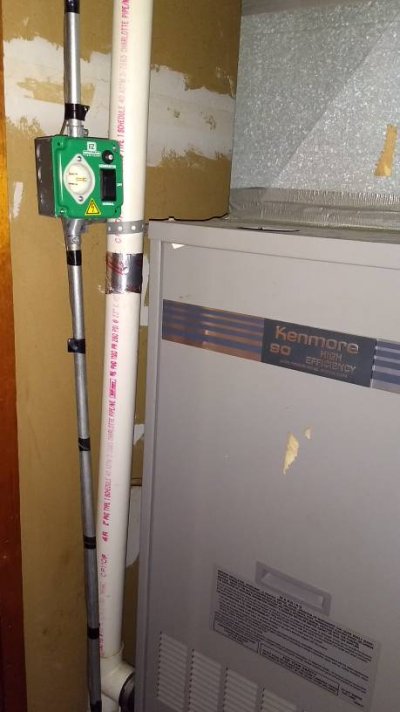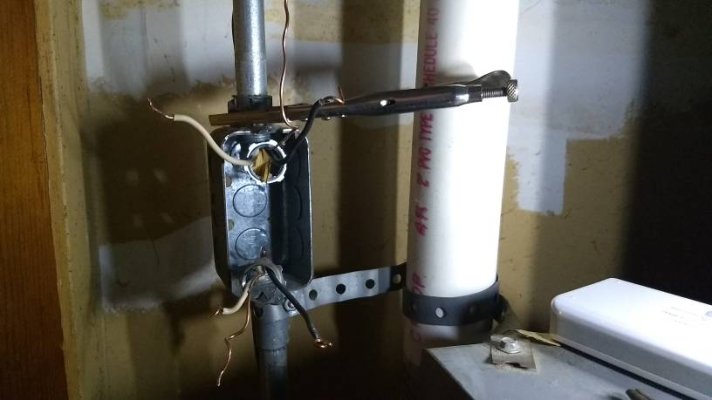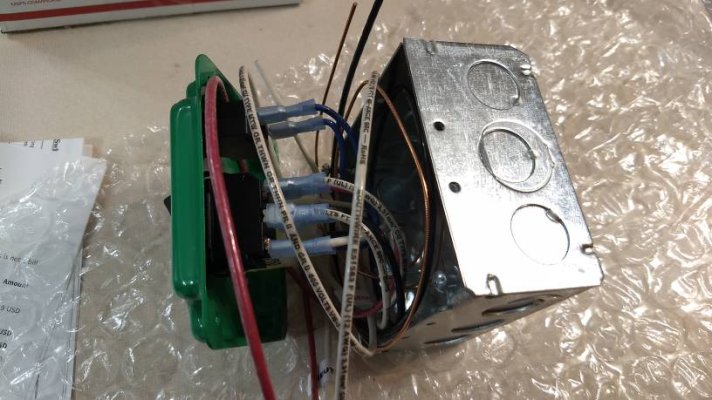ERD50
Give me a museum and I'll fill it. (Picasso) Give me a forum ...
This is the way I look at it: There is normally no need to ground rod the generator under stand alone use.
With the gen connected to the house wiring sans ground wire in the cable, the case of the gen is still protected from an internal fault and any external fault up to the plug connection a few inches from my service entrance via the gen's GFCI. Once power is fed into the breaker box (via conduit), the neutral wire is tied to earth gnd inside the box. Therefore all house equipment, including GFCI's work just as if the power company's source is there. It may not meet electrical code but should be just as safe. ....
Still not sounding right to me.
"work just as if the power company's source is there." - no, the utility is grounded as well.
--- had something written up, but may have missed that N-G are tied in the home - I'll rethink this...
OK, I do think house GFCI would work in this condition. And a dead short on a non-GFCI should trip the house circuit breaker. As normal.
Ahhh, I think the mfg concern is, they put a GFCI on the generator, and that is expected to protect everything connected to the generator. But disconnecting the ground between house and generator means that non-GFCI circuits in the house would not be protected by the generator's GFCI. The Hot-to-Ground fault current would just flow back through the Neutral.
That's no worse off than you were w/o a GFCI on the circuit anyhow.
Hmm, so why does that mfg offer a kit to isolate the Neutral-Ground in the generator? I'm guessing that any other suggestion they make (like a cord with the ground wire cut?) could be dangerous to use with something other than their generator, and they'd get sued for it for suggesting this external mod? By providing a kit and labels, their lawyers told them that limits their liability?
-ERD50
Last edited:





